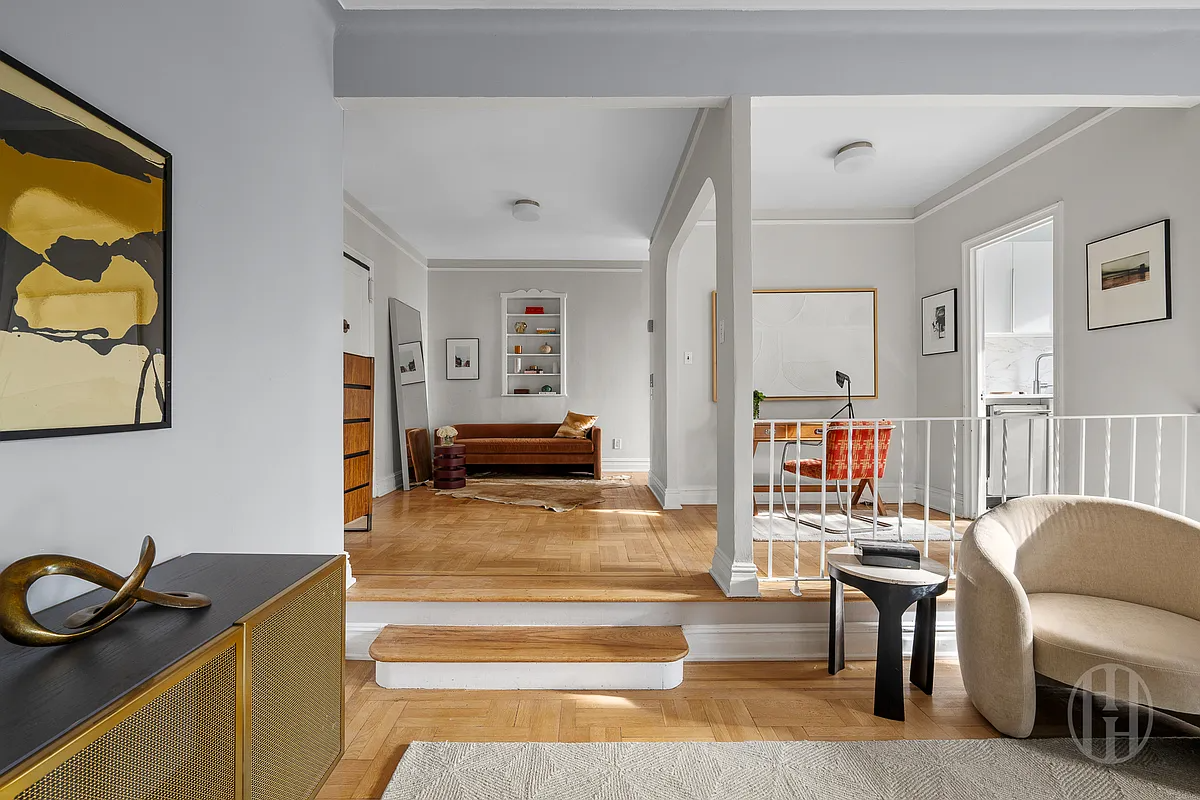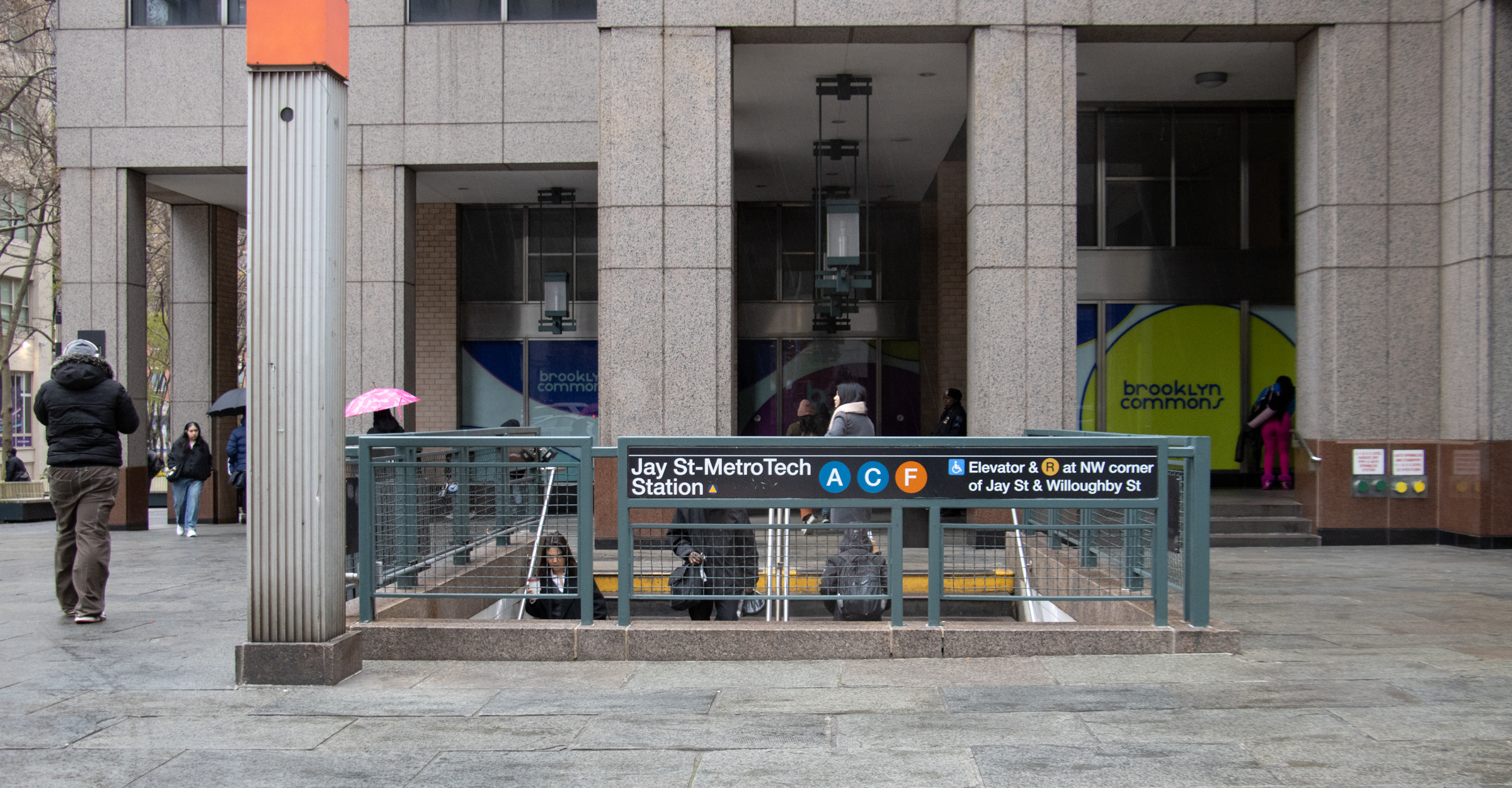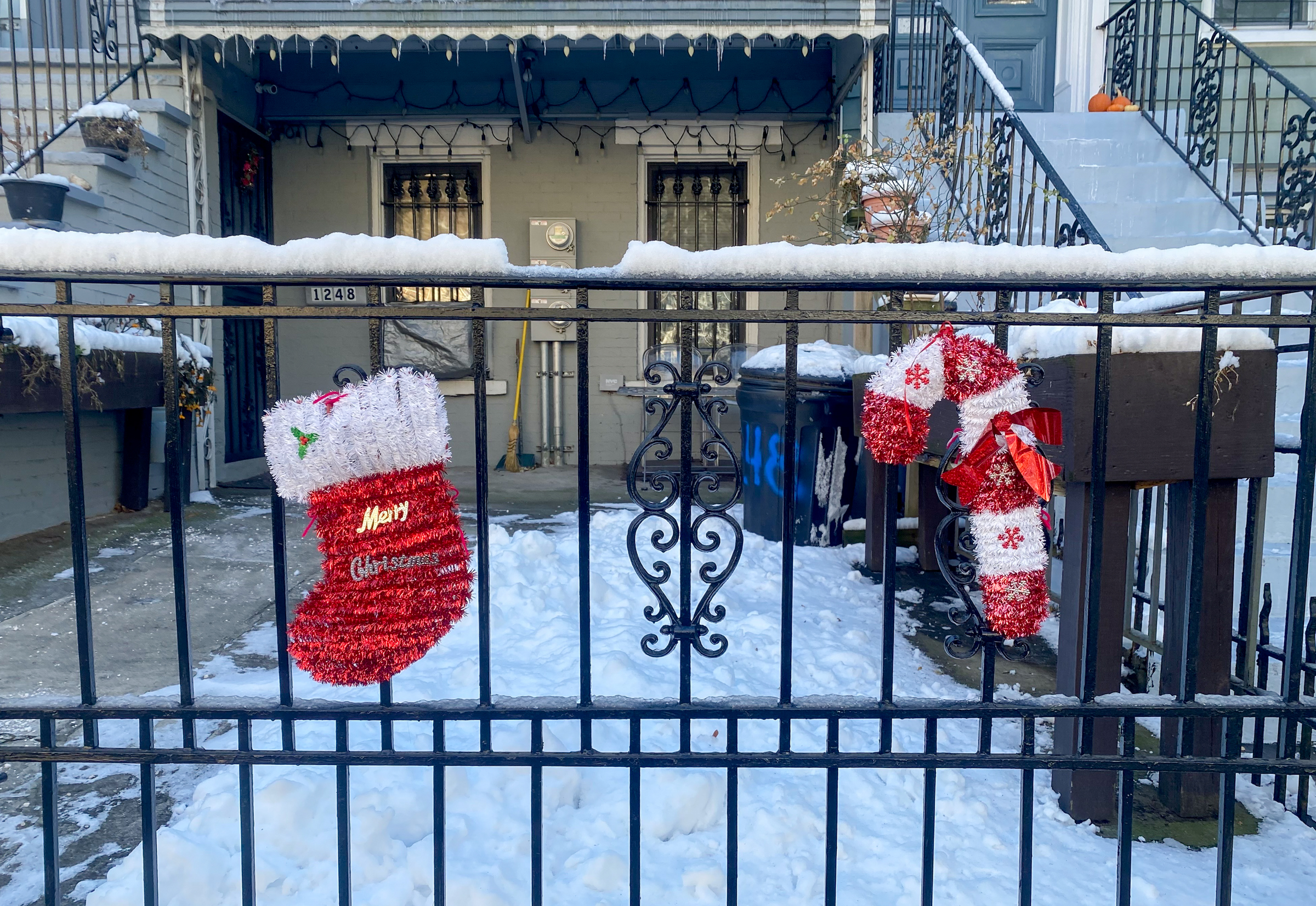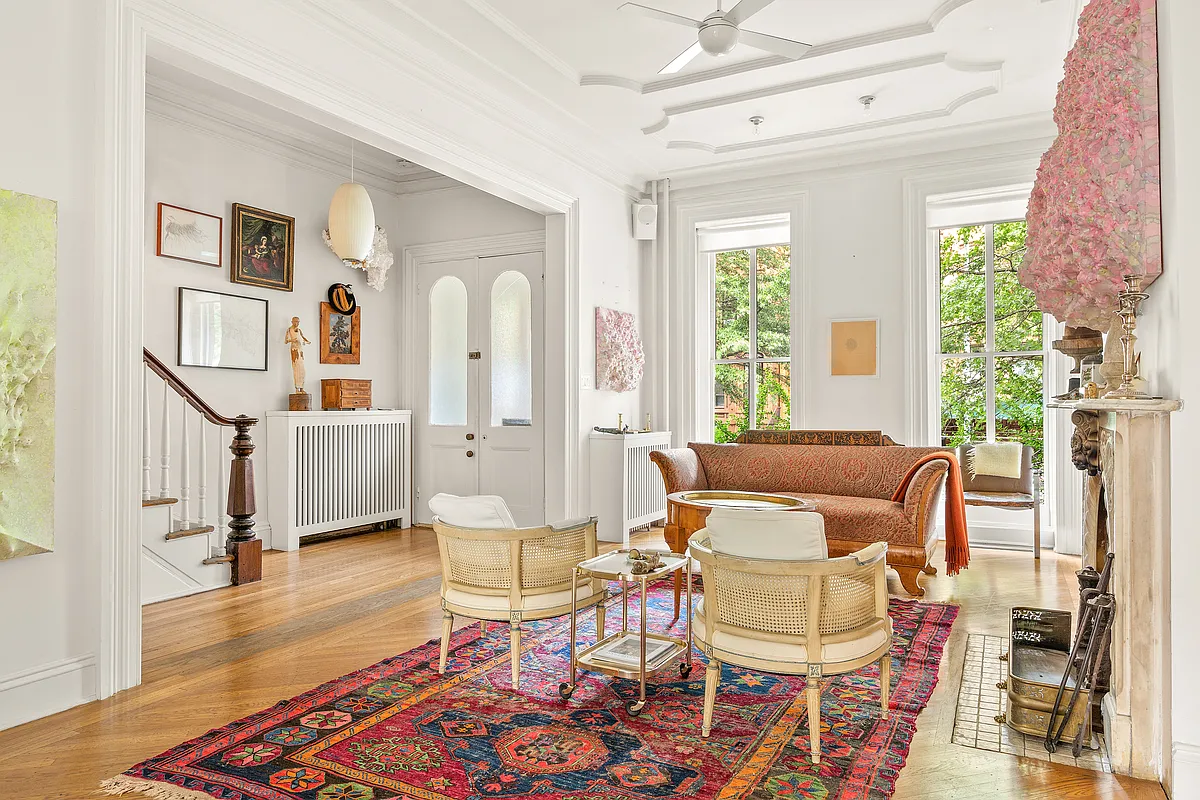Values Down, Taxes Up
The market value of all property around the city is forecast to decline between 2009 and 2010 but property taxes that the city collects will rise 10 percent, according to the Independent Budget Office. The current issue of the Gotham Gazette examines why that’s the case. The main reason is that increased market values are…


The market value of all property around the city is forecast to decline between 2009 and 2010 but property taxes that the city collects will rise 10 percent, according to the Independent Budget Office. The current issue of the Gotham Gazette examines why that’s the case. The main reason is that increased market values are phased in over a five-year period; each annual increase is also capped, so properties in areas that have experienced rapid run-ups this decade can take years to get caught up. The more interesting part of the article is the discussion of how the property tax system continues to favor house owners over owners of commercial buildings and co-ops and condos. The most glaring example is that one-, two- and three-family houses are assessed at 6 percent of their market value versus 45 percent of market value for the other property types. Can you imagine what would happen to the value of your typical house if its properties went up seven- or eight-fold?
Why Property Taxes Rise While Real Estate Falls [Gotham Gazette]





“It [NY Case-Shiller Index] is heavily impacted by what happens in the suburbs as that is where the vast majority of single family homes are in the area – Manhattan for example barely has any single family homes. So in that regard, the Case-Shiller is not exactly the best barometer of prices in brownstone brooklyn.”
So, Kermit, why did the index share a +200% (a tripling for the mathematically challenged) increase with Brooklyn brownstones, trough to peak? What a coincidence! Relevant on the way up, relevant on the way down (sorry, DIBS, you people don’t get it so I have to beat it into your head).
Please do post this condo index.
Interesting point, mopar, but it only holds weight if that majority number of SFH’s makes up a significant percentage of all properties which I don’t think it does. However, the whole Tri-State area shares the same fundamentals. Most of us commute to the city for work and decide whether to live in the city or not. Homes in the suburbs are cheaper but you pay more taxes and you need a car or two. Homes in NYC are more pricey but taxes and transportation costs are much lower. So your housing costs are about the same per income/hood no matter where you live. Everything balances out and that’s why the index couldn’t be more relevant.
***Bid half off peak comps***
BHO, I don’t buy the argument that New York is lagging the rest of the country. The subprime areas of New York are not lagging anything. They are already down 40 to 50 percent. How much more further the prices of prime brownstone Brooklyn decline really depends on what happens with the general economy and interest rates. I can’t predict the future.
“Always the same argument, BHO. We’re on our way to -50% but you can’t tell us why that target will be reached. You’re just certain of it. or at least you want to get your sorry ass out of Lodi, NJ and back to Brooklyn…which is certainly a commendable objective.”
Same solid argument, DIBS. Repetition is key. And you are absolutely wrong, I have already told you why: 3X income. Even 4X income. You already forgot about that calc I did on your brownstone?
Or, historic average annual inflation: 1.04(inflation)^15(years)*250K(Bottom Stuy Heights Brownstone Price) = 450K = Half Off. Or just classic fear mirroring unprecedented greed and euhporia. Or just a deleveraging of the whole Ponzi effect with overshoot (Peak Comps minus Credit Bust minus Tech Bust = 1995 Prices = Nominal Half Off = Real 100% Off).
So it’s both, DIBS. I’m certain of it AND I want to get my “sorry ass out of Lodi, NJ and back to Brooklyn” which for me is analogic to owning a brownstone or two.
***Bid half off peak comps***
Gomuppets, if that’s true, the Case-Schiller numbers should be far more extreme, since the vast majority of single family houses in New York City are in Queens, which has been severely affected by the subprime downturn.
I think those who come up with the -50% targets need to defend their assumptions like everywhere else in the real world when they make a prognostication. These are just a bunch of armchair Asshats who base their reasoning on wherever they pull the reomote from when they’re sitting on it.
Always the same argument, DIBS. We’re not on our way to -50% but you can’t tell us why that target will not be reached. 😉
fyi – Case-Shiller tracks REsales of single-family homes in a metro area. SINGLE FAMILY HOMES. This does not include new homes, coops, condos, or even 2- and 3- family brownstones people. It is heavily impacted by what happens in the suburbs as that is where the vast majority of single family homes are in the area – Manhattan for example barely has any single family homes. So in that regard, the Case-Shiller is not exactly the best barometer of prices in brownstone brooklyn. There is however, a Case-Shiller index for NYC Metro area condos, which tends to better represent what’s happening in NYC as the city’s share of condos in the metro area is higher than it is for single family homes.
Always the same argument, BHO. We’re on our way to -50% but you can’t tell us why that target will be reached. You’re just certain of it. or at least you want to get your sorry ass out of Lodi, NJ and back to Brooklyn…which is certainly a commendable objective.
“BHO, we’re only down 16.88 percent from the June ’06 peak?”
Translation: “I’m falling off a 12 story building but I’m only down to the 10th floor so I’m okay”. We have to pass through -16.88% to get to -50%. Remember, these are February numbers. It’s damn near May. It’s gotta be worse than what the two-month lag tells us. We shall see come June.
***Bid half off peak comps***